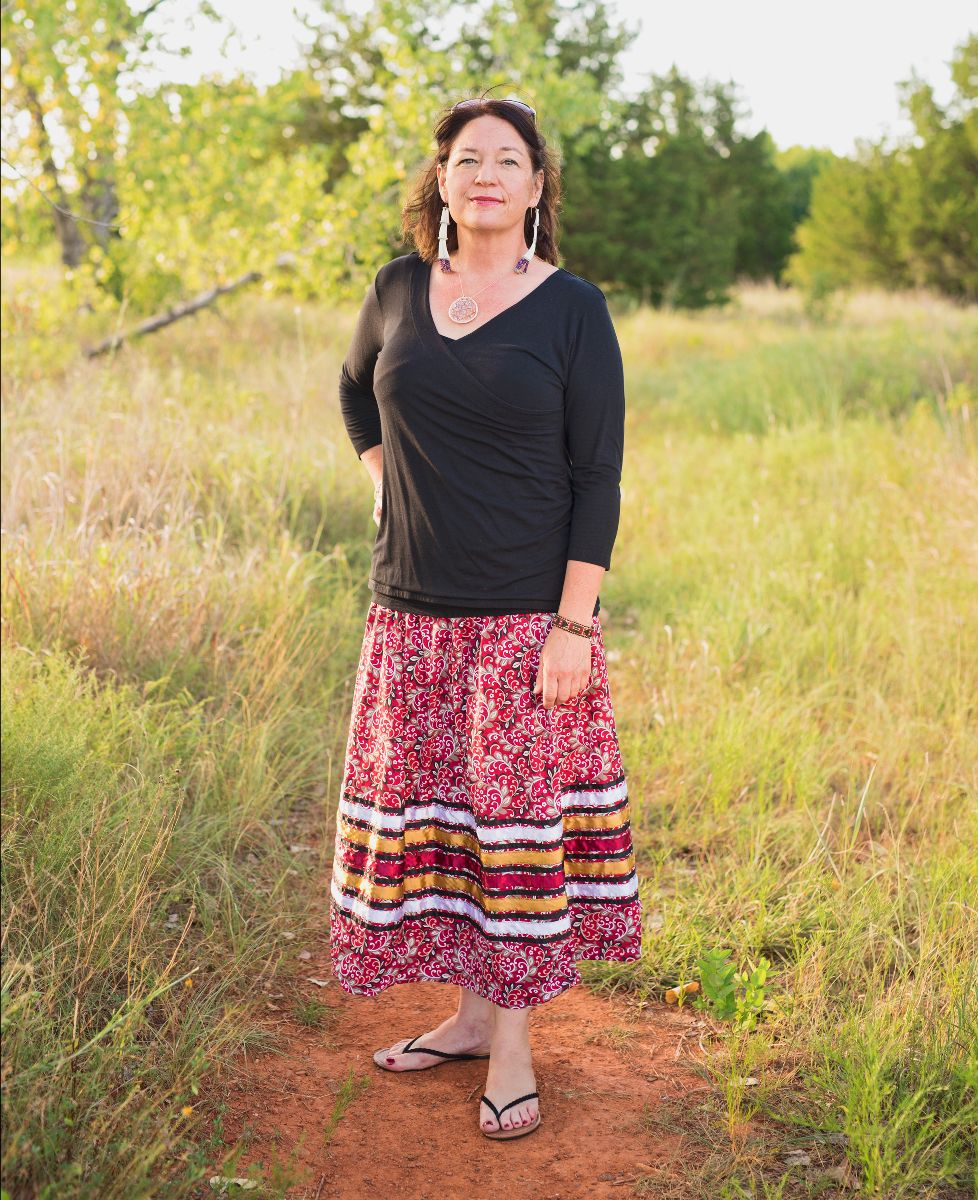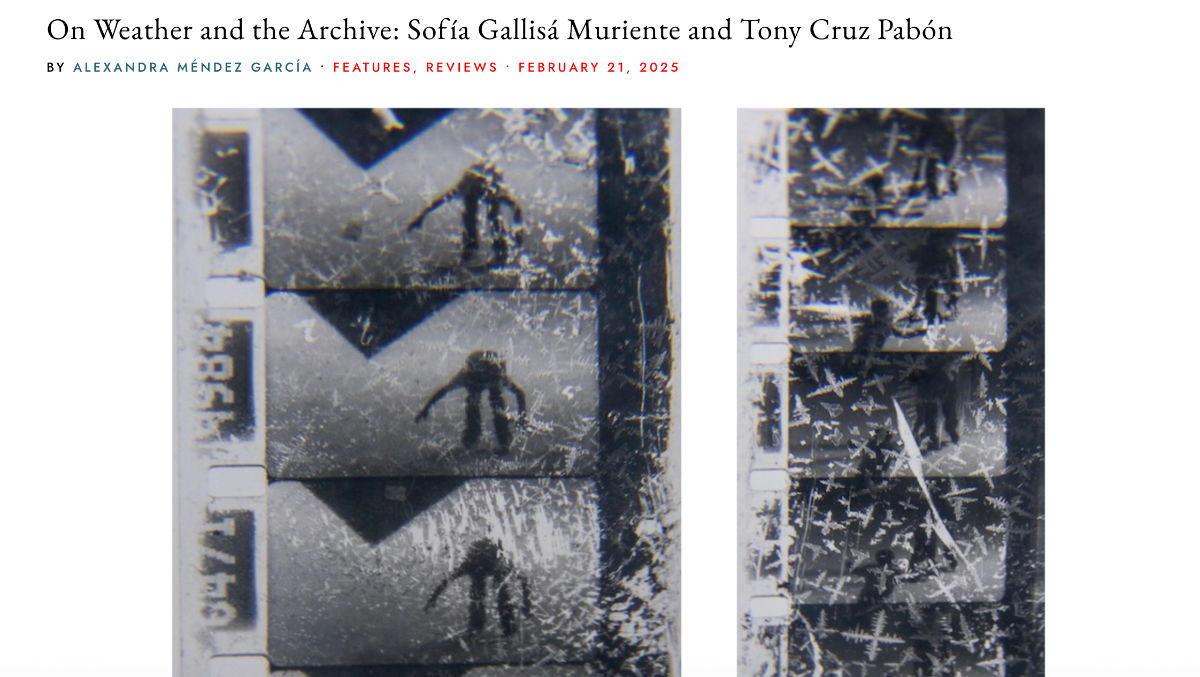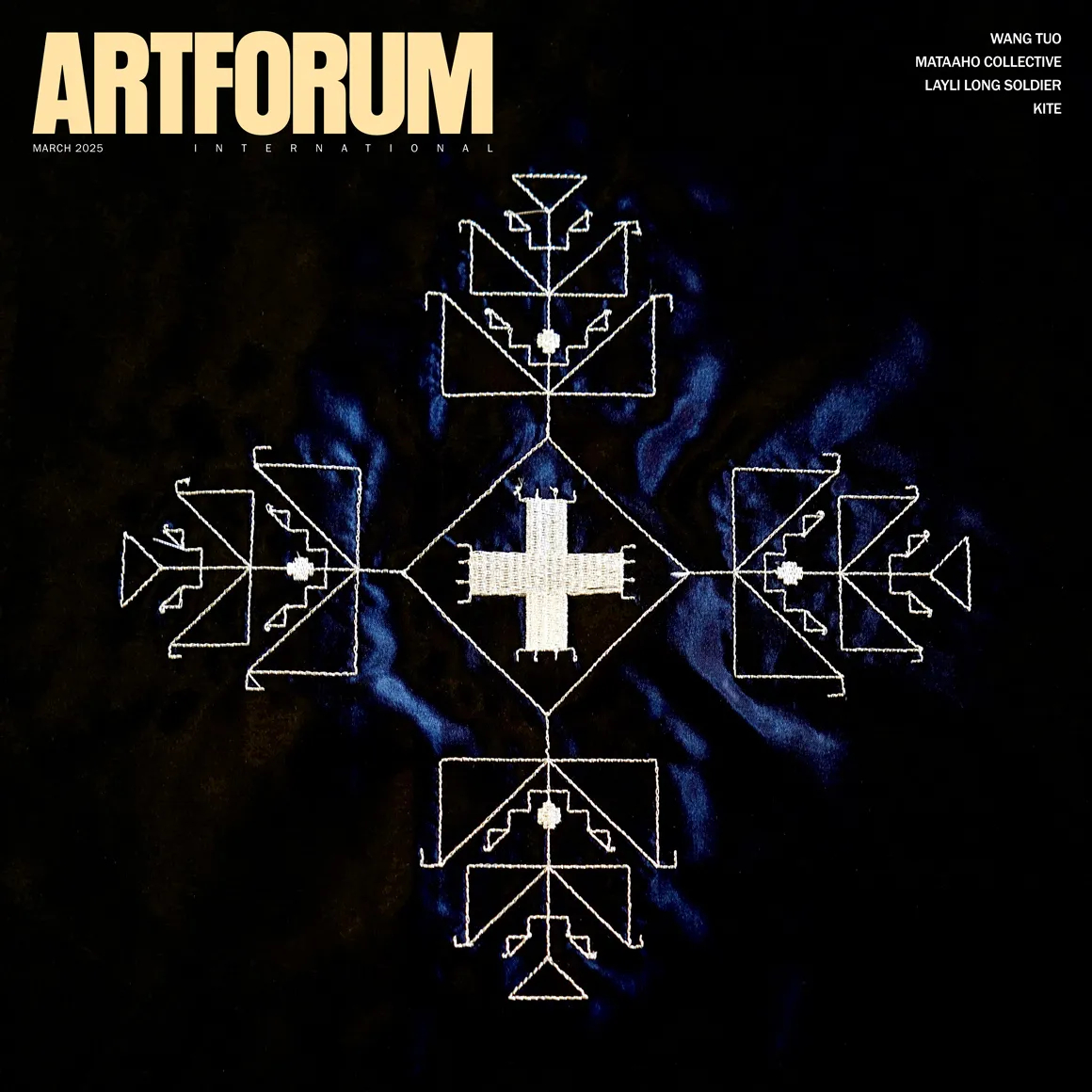Once a month we invite our member magazine publishers and enthusiasts to guest-edit our fortnightly email newsletter. The aim is to inspire others with magazine-related content, connect members and build our community so we can learn from each other.
This month our guest editor is America Meredith, Publishing Editor of First American Art Magazine (FAAM). You can follow America on LinkedIn – remember to connect and say hello!

Tell us about yourself
I’m America Meredith, a Cherokee Nation citizen, and publishing editor of First American Art Magazine (FAAM), a quarterly journal covering art by Indigenous peoples of the Americas. I was a full-time painter, but teaching at the Institute of American Indian Arts ignited my passion for Native art history. With support from fellow Native artists, friends, and family, I launched FAAM in April 2013. Since then, global interest in contemporary Indigenous art has exploded. FAAM’s scope is hemispheric – from Tierra del Fuego to Greenland. We cover all art forms: from rock and tattooing to virtual reality in an accessible, inclusive manner.

What’s on your mind?
As a U.S. citizen, I’m concerned about how we can prevent the collapse of our democracy and how our collective grasp of reality is so tenuous these days. Filipino journalist Maria Ressa writes about Facebook specifically and online brigading generally foments political extremism and undermines fact-based journalism. In the U.S., we must actively fund quality journalism, like NPR, PBS, AP, Reuters, and ProPublica, while also seeking quality international news sources, such as DW, BBC, CBC, and The Guardian. I’m trying to limit and be deliberate in my social media consumption. The best online platform I’ve found is Substack.

Members receive their first 5 Ikon Images illustration uses for £50 each
What’s the best article you’ve
read this month?
Momus out of Canada is an amazing source for thoughtful, accessible art criticism. They recently published “On Weather and the Archive: Sofía Gallisá Muriente and Tony Cruz Pabón” by Alexandra Méndez García, in which she discusses two Puerto Rican artists incorporate of climate and biodeterioration of the archive in their very different artistic practices. Many of the best art critics have backgrounds in poetry. Gallisá Muriente adroitly uses language to provide some context but more importantly to further ignite questioning posed by the artworks. She’s opening the conversation instead of settling it and addressing climate change, in a poetic manner.

Show us an incredible magazine cover
Artforum’s March 2025 cover is alluring and elegant. It features Wichahpih’a (a clear night with a star-filled sky or a starlit night), a textile artwork by Oglala Lakota artist Kite. Wanting to showcase unobstructed artwork while sharing logo, volume information, and contents is a balancing act, and I think Artforum did a great job. Simpler designs with fewer elements tend to be more difficult to design perfectly than business designs. The idiosyncrasies of the stitches and ripples of satin provide an organic contrast to the crisp logo and text and celebrate the human hand and materiality of the artwork. In an age of computer-generated everything, I’m excited that the art world is embracing physical materials, specifically textile art, again.

What’s your top tip for publishers?
You are not your audience. I’ve read that over and over and try to take it to heart. Academic art writers are often haunted by a need to impress their academic peers, but we edit to reach a broader audience. Clear communication is paramount. We’ve conducted several reader surveys, using Google forms. We mix multiple-choice or ranking questions which can be easily tabulated and graphed with open-ended questioned, where readers can share insights that we may have not considered. Then we share summaries of the results back to the readers in our magazine. More importantly, we implement suggestions. We’ve assigned specific articles based on reader’s input.
We have several distinct audiences: Native and non-Native, collectors, artists, curators, tribal leaders, art administrations, and scholars. I envision these on a continuum. Some are better versed on Native topics, others on art world topics. We aim to connect them all. No one can be expert on the thousands of tribal nations throughout South and North America, so we try to explain things but expect our readers to be quick learners. Art writing can so often be elitist gatekeeping; we’re the opposite. We welcome all who are interested!
Questions for the community
What subject or issue would you like the International Magazine Centre Members Group to discuss and untangle over on LinkedIn?
My question is: How does an independent magazine with a broad geographical scope entice subscribers and maintain subscriptions today?
Need more of this in your life?
Subscribe to our newsletters here and follow us on social on the links below.
